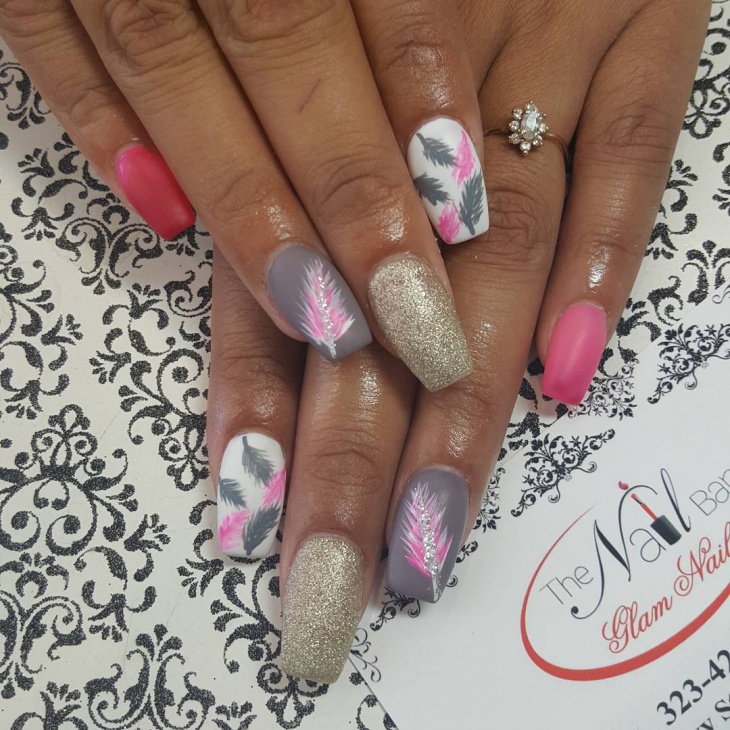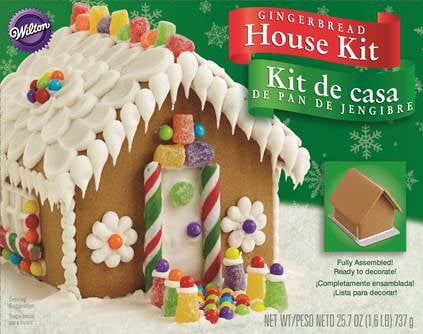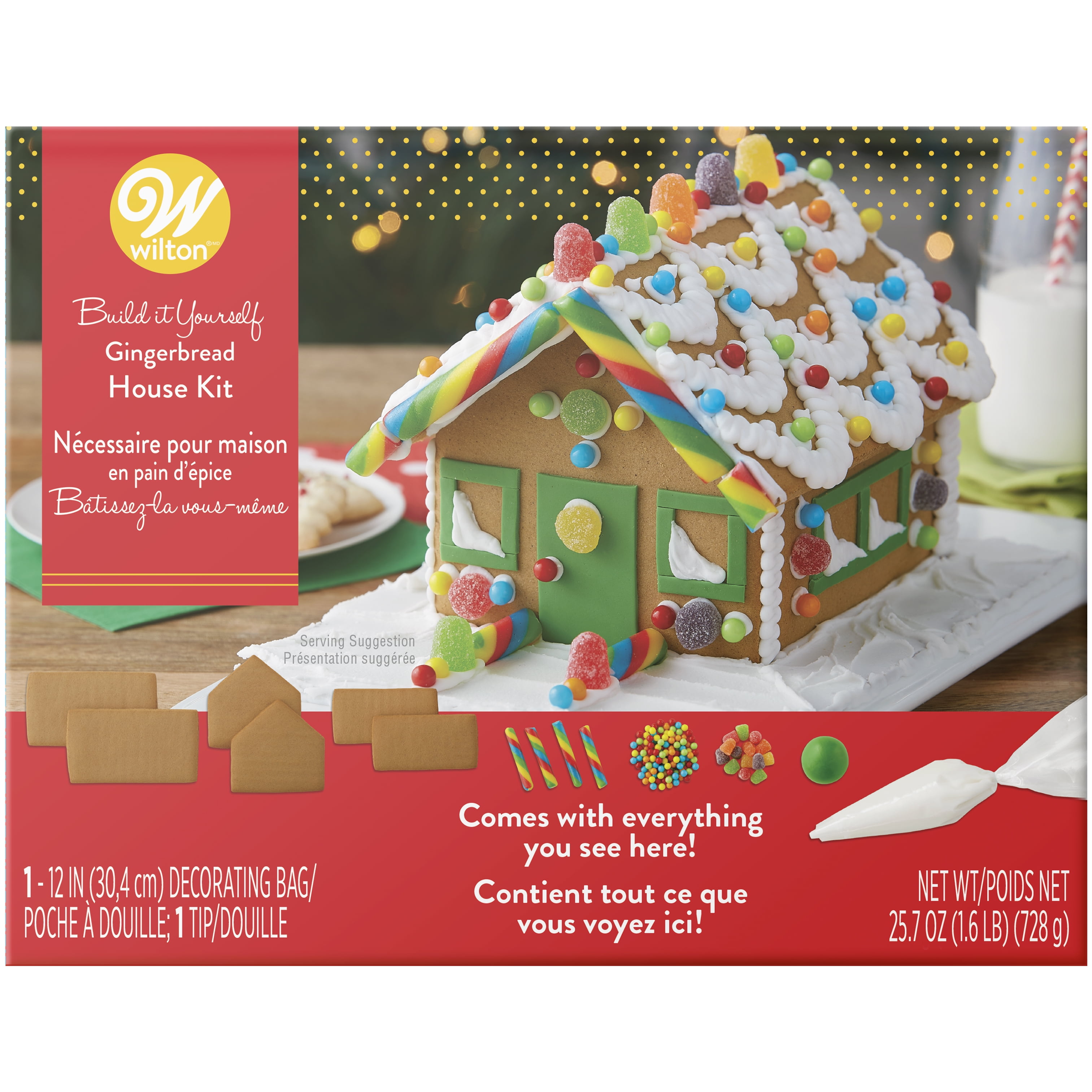Table Of Content
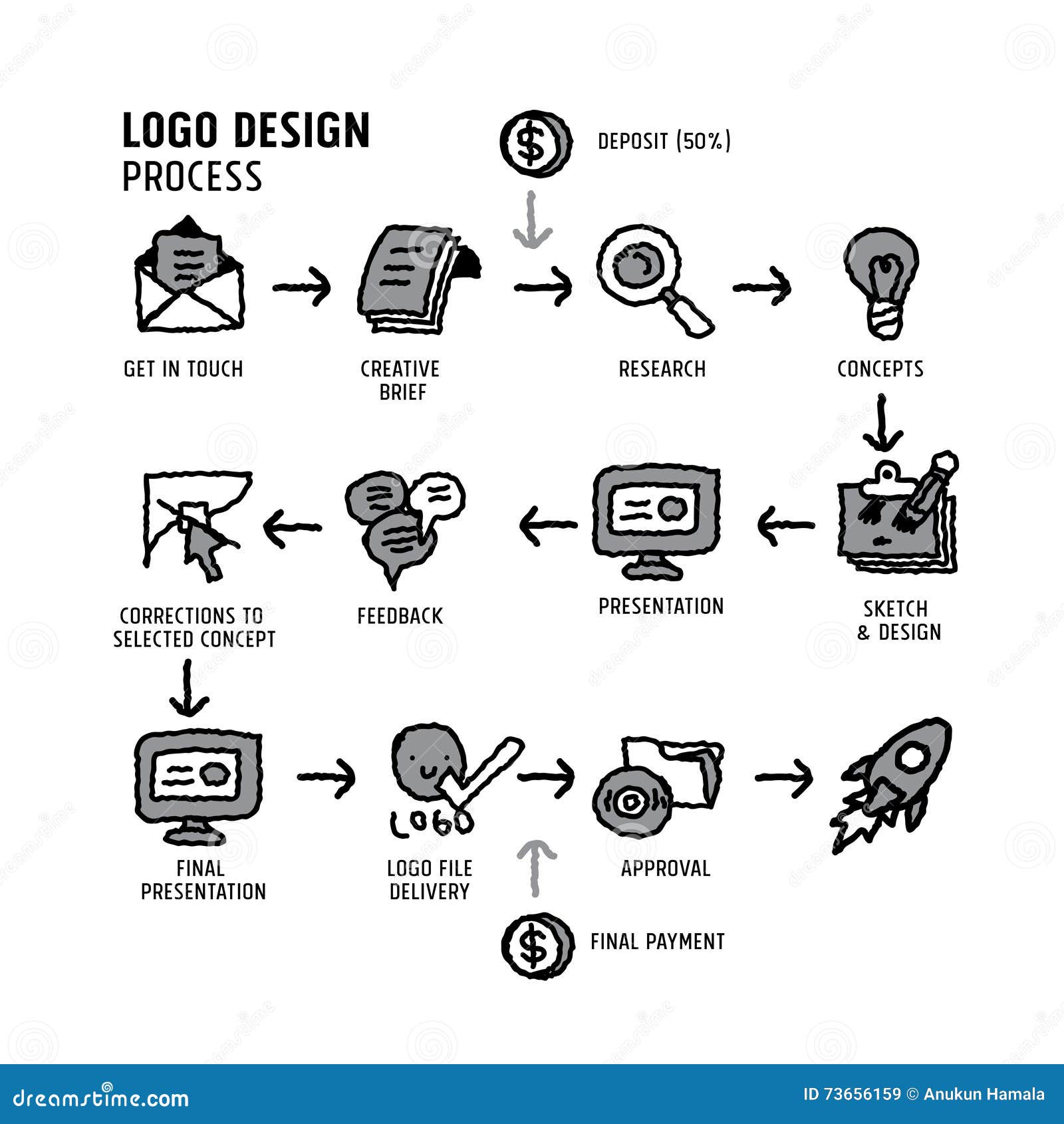
Script fonts mimic cursive handwriting, creating the effect of a signature. Serif fonts have small lines or strokes attached to the end of the larger strokes in a letter or symbol. These fonts are classic and can be a good choice when you want to communicate trust, tradition and sophistication. A letter mark, also called a “monogram” logo, is great if your name is long or clunky. You can choose to either abbreviate your name or just use your initials.

Choosing the Right Colour Palette
This involves presenting the flat logo along with any variations, an overlay with brand imagery, and mockups of the logo out in the real world. The goal is to communicate your vision of the brand with a persuasive, knockout logo presentation. Apart from versions of the logo, the final presentation normally also includes examples of logo placements on products, in corporate paperwork, advertising communiques, etc. The logo is accompanied by a “history” — a description of the graphic’s features, its possible interpretations, advantages and disadvantages.
Step 2: Study your competitors
If it’s going to be situated in the corner of a mobile app, you should opt for simplicity and smaller scales. If social media will play a heavy role, the logo should sit comfortably in both circular and square avatars and be adaptable to larger cover images. If you want to stand out in video or digital platforms, you can even have an eye-catching animated logo. More often than not, a designer will want to plan for all of these scenarios. With this information, you can either (1.) also use blue because the data suggests it works best, or (2.) use another color in order to stand out from the sea of blue logos. There’s no right or wrong answer, it depends on how much of a priority standing out is to your branding strategy.
Toptal Designers
Let's dive into the fascinating world of logo design and understand the step-by-step process behind it. We'll explore various aspects, such as gathering information, researching the target audience, sketching ideas, refining designs, and selecting the final masterpiece. Along the way, we'll discover how designers creatively combine meaningful shapes, symbols, and typography to leave a lasting impact on viewers. So, join me as we embark on a journey to unravel the intricacies of the logo design process from start to finish.
Ready To Start Designing Logos Like A Pro?
7 Free AI Logo Generators to Get Started — SitePoint - SitePoint
7 Free AI Logo Generators to Get Started — SitePoint.
Posted: Thu, 28 Dec 2023 08:00:00 GMT [source]
If you feel like all of your sketches are weak, then you can go back and forth between sketching and designing until you got some pretty exciting logo concepts. This is because sketching by hand gives you an immediacy of artistic expression and I believe that very logo designer should absolutely start this way. Aim for a clean, uncluttered design that communicates your brand identity as straightforwardly as possible. The goal is for viewers to recognize and understand your logo instantly. Now you can make all those crucial design decisions you couldn’t in the sketch phase. In your digital draft, you can experiment with logo colors as well as typography.
A mood board contains no logo sketching or finalized design elements at this point; it’s strictly used to help inspire a design that really hits the mark. Use existing brand material, inspiring images, descriptive brand words, and your color palette and font choice. Behind every successful logo lies a meticulous and creative design process. Understanding the step-by-step journey that designers undertake can provide valuable insights into the world of logo design. Also, consider the logo in the context of your entire visual identity. Take the various elements of your logo design, like colors, fonts and styles, and see how you might be able to incorporate them elsewhere in your use-cases.
If you’re going for a more serious vibe, mascots aren’t a great choice. This type of logo combines both a symbol and a wordmark, creating the more traditional logo “lock-up” we’re all familiar with. Play around with the placement of each element until you find a layout you like. You can also allow for different combinations of the two in certain contexts, which we’ll cover in the “Define” phase.
Be timeless.

The time and effort required to complete a design brief, as well as what content the design brief will have, will depend on the client you are working with. The presentation is followed by another discussion, which concludes with the client approving the final version of the logo. Carly Miller is a freelance content writer specializing in all things branding related. When she’s not writing, you’ll find her traveling, playing with her dog, or reading a good book. You may come up with a number of completely different design ideas that can all continue on to the next stage.
Step 7: Take a break from your logo
SMAD students and professor help hatch new school's logo - James Madison University
SMAD students and professor help hatch new school's logo.
Posted: Tue, 14 Nov 2023 08:00:00 GMT [source]
Not only this but I also found that animal figures were way overused, especially the lion due to it’s heraldic nature. As you can see in the sketch above I had the idea of using a crown or lion placed on top of the word UKE. After I had this general idea in my head I experimented with the concept in Adobe Illustrator and researched different types of crowns, layouts, fonts, icons, etc. To start, consider any guidelines you may have about your logo’s size, color, layout, treatment, positioning, orientation, etc. Plus, they’re more flexible than your standard symbol because their expressions and contexts can change. Just be sure to use a style that aligns with the message and emotion you want to communicate.
We ask clients to define their attributes in some core areas so that designers have a good idea of the brand identity before they even start. Even taking just 5 minutes to consider where a brand falls on these metrics can help you formulate more complex brand inquiries later on. Researching and understanding the target audience is crucial in the logo design process.
For modern brands, logos should be designed with many use cases in mind. For example, a logo for an airline needs to work as a tiny icon on a mobile app while still looking good at very large scale on a plane’s tail. Tyler says he usually specifies in the original contract how many revisions he's willing to do, which forces the client to be more thoughtful about each revision request.
Once you have your logo, it's vital to follow some logo optimization standards and use them to improve your brand's visibility. After all, the goal of a well-designed logo is to generate brand association and have people think about your business with one quick look at your logo. These principles on how to edit a logo have served you well, but there’s a final step to this process, and it may prove to be the most complex and time-consuming one. Share these drafts with friends, family, and colleagues that you trust to be unbiased and truthful.
As their name suggests, abstract logo marks are less recognizable and usually more geometric. They’re great when you want something completely unique to your brand. Again, we strongly advise pairing these symbols with your company or organization name until you’ve built enough brand recognition to let your symbol go solo. The simple act of logo optimization of including the business name may not seem like a big deal, but it's crucial to SEO best practices. When you Google optimize logo file names, you help search engines understand what logo image represents and improve the SEO value.
Of course, these aren’t exactly design questions—this belongs more to the field of branding. But considering that logos are one of your strongest vehicles for branding, asking these questions is a necessary first step. Before you jump into the actual designing, you should start outlining ideas that aren’t tied down to a concrete image. The finalization stage is where the refined logo design comes to life.



